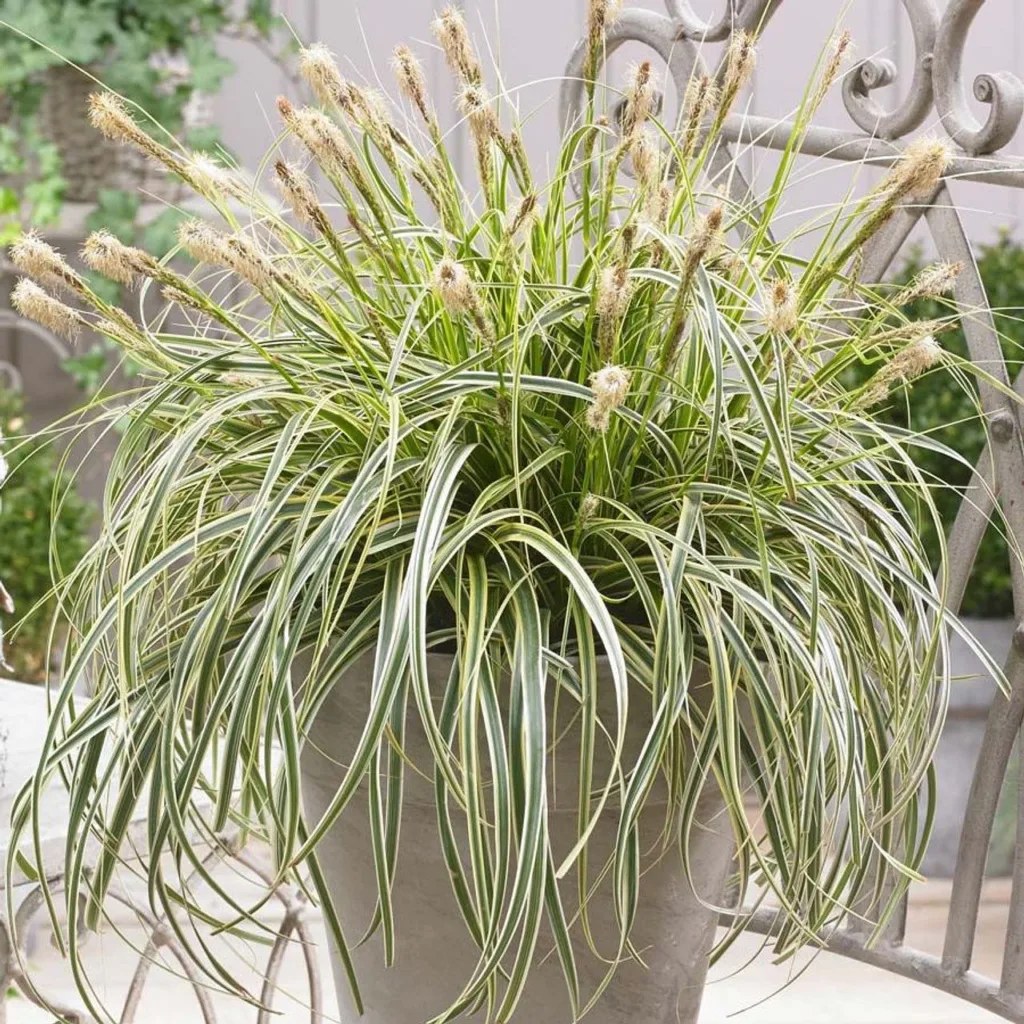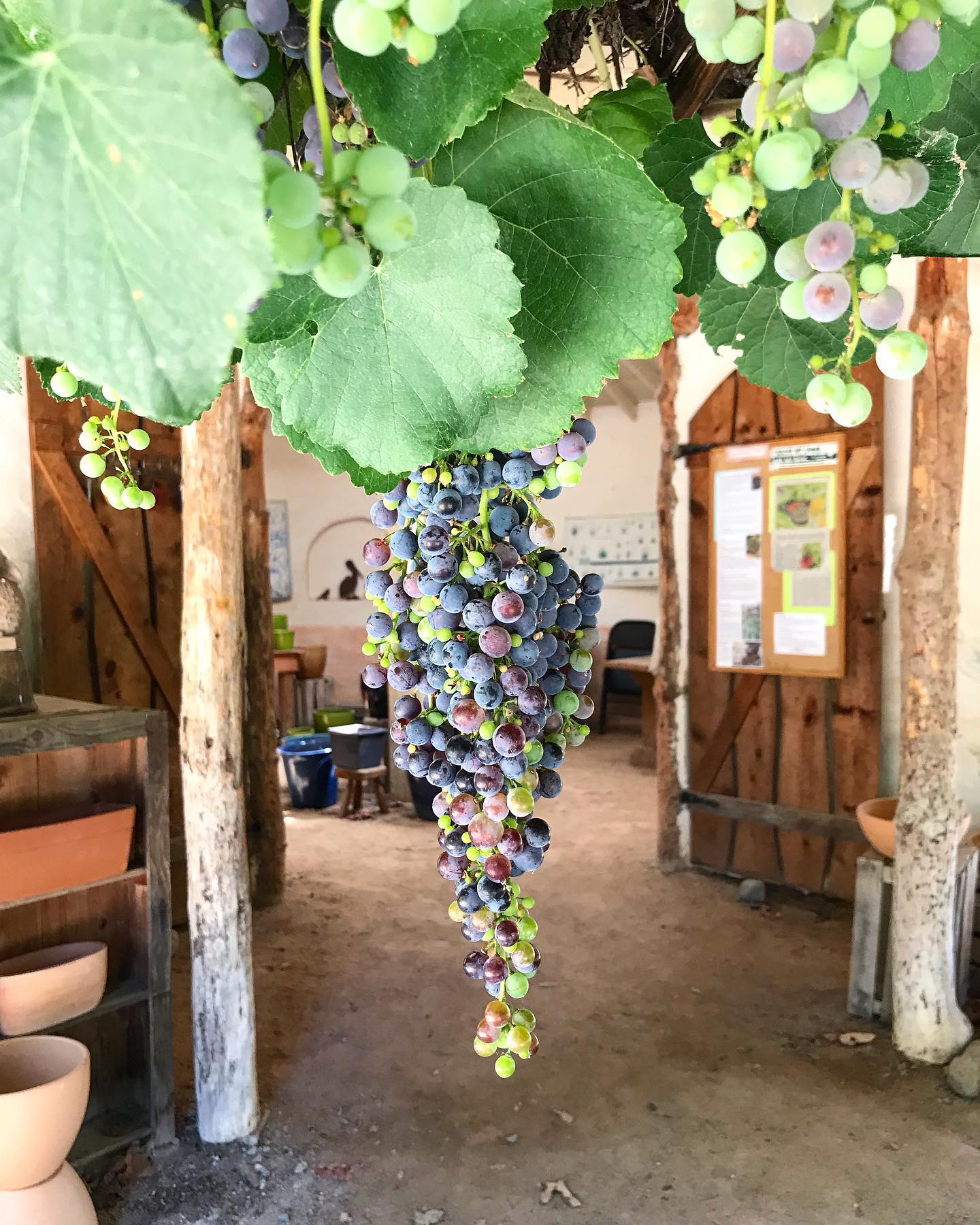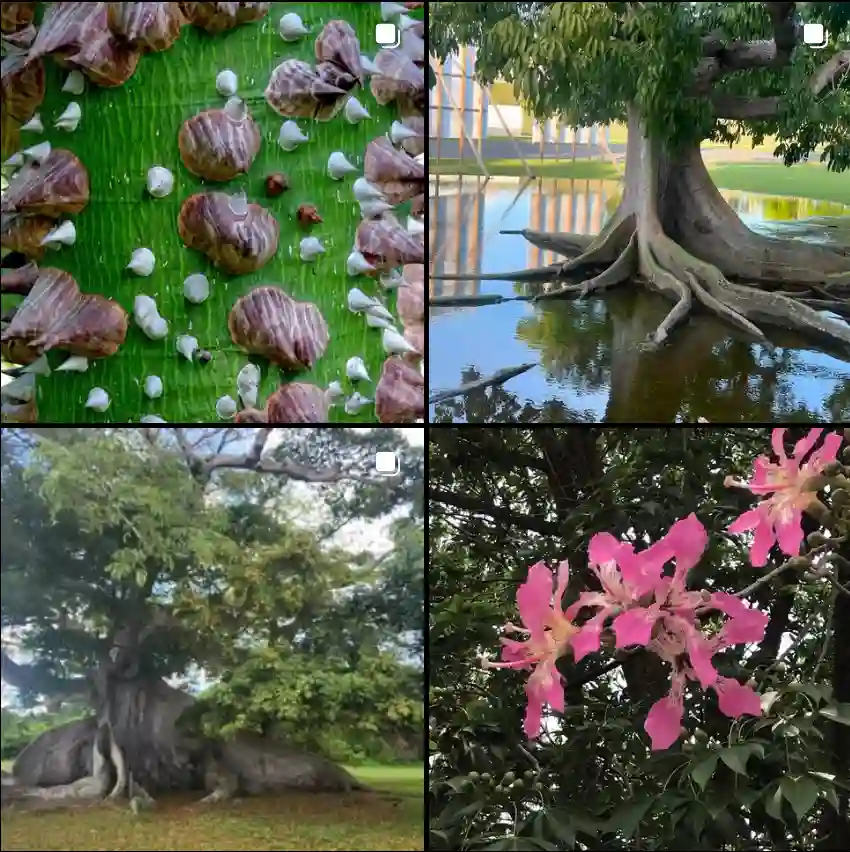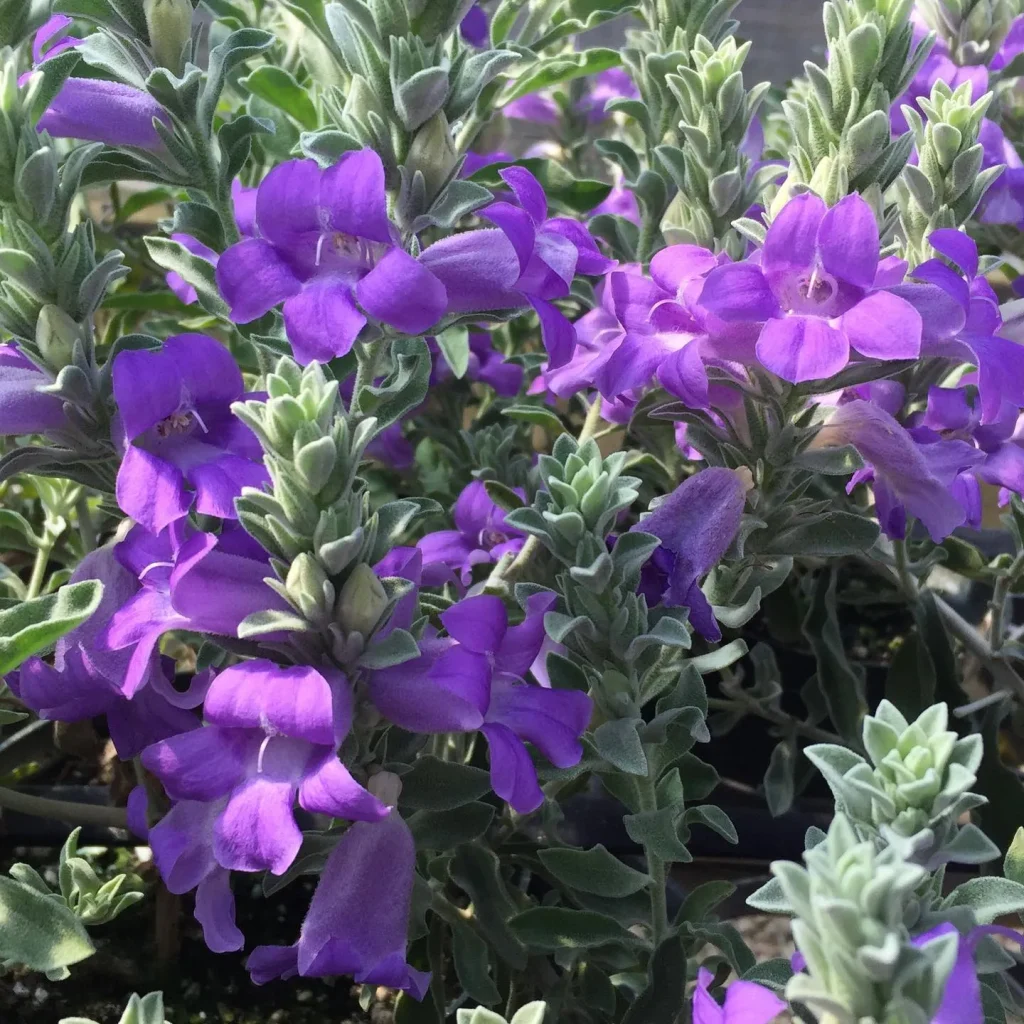All About Amaranthus Albus: Frequently Asked Questions
Hi there, Ferb Vu here! Today, we’re diving into the world of Amaranthus Albus, a fascinating plant with a global presence. Whether you’re a seasoned gardener or a curious newcomer, this FAQ will equip you with all the essential knowledge about this versatile species.
What is Amaranthus Albus?
Amaranthus Albus, also known as White Amaranth or Tumble Pigweed, is an annual flowering plant native to the tropical regions of the Americas. It’s a member of the Amaranthaceae family, known for its vibrant foliage and edible seeds. This fast-growing herb thrives in warm climates and readily adapts to various soil conditions.
How Can I Identify Amaranthus Albus?
Identifying Amaranthus Albus is quite straightforward. Here’s a quick guide:
- Height and Form: Typically, the plant reaches a height of 20 inches (50 cm) and forms a bushy structure with numerous branches. Larger specimens can transform into tumbleweeds when dry.
- Leaves: The leaves are elliptical or lance-shaped, with smooth or slightly hairy surfaces. Their color ranges from pale green to a deeper emerald hue.
- Flowers: Inconspicuous, greenish flowers appear in clusters at the leaf axils. They’re a mix of male and female flowers, ensuring successful pollination.
Is Amaranthus Albus Related to Amaranth Grain?
Yes, Amaranthus Albus is indeed related to the popular Amaranth grain. They both belong to the Amaranthaceae family, sharing some similar characteristics. However, the primary difference lies in their usage:
- Amaranthus Albus: Primarily grown for its ornamental value and secondarily for its leaves (in some cultures).
- Amaranth Grain: Cultivated specifically for its edible seeds, which are a good source of protein and essential nutrients.
Can I Eat Amaranthus Albus?
The leaves of Amaranthus Albus are edible in some cultures. However, it’s crucial to note that the leaves contain higher levels of nitrates compared to other Amaranth species specifically bred for consumption. It’s advisable to consult reliable sources or experts before consuming the leaves. The seeds, while technically edible, are quite small and not widely used for culinary purposes.
How Do I Grow Amaranthus Albus?
Amaranthus Albus is a low-maintenance plant that thrives in warm weather. Here’s a basic guide for growing it:
- Planting: Sow seeds directly outdoors after the danger of frost has passed. Ensure the soil is well-draining and in a sunny location.
- Watering: Water regularly, especially during hot and dry periods. Aim to keep the soil consistently moist but not waterlogged.
- Fertilizing: Fertilization is generally not necessary, but a balanced organic fertilizer can be applied sparingly if needed.
- Harvesting: For ornamental purposes, you can harvest leaves as needed throughout the growing season.
What are the Benefits of Growing Amaranthus Albus?
There are several advantages to incorporating Amaranthus Albus into your garden:
- Ornamental Value: The vibrant green foliage and unique growth habit add visual interest to your landscape.
- Fast-Growing: This plant matures quickly, providing a pop of color in a short time frame.
- Adaptable: Amaranthus Albus tolerates a range of soil conditions and thrives in warm climates.
- Wildlife Attraction: The flowers attract pollinators like bees and butterflies, promoting a healthy ecosystem in your garden.
What are Some Common Problems Associated with Amaranthus Albus?
While a relatively resilient plant, Amaranthus Albus can face a few challenges:
- Pests: Aphids and caterpillars are occasional pests that can damage the leaves.
- Diseases: Fungal diseases like powdery mildew may occur in overly humid conditions.
- Invasiveness: In some regions, Amaranthus Albus can become invasive due to its prolific seed production.
Conclusion:
Amaranthus Albus is a fascinating and versatile plant with a global presence. Whether you appreciate its ornamental value or are curious about its potential as a food source, this FAQ has hopefully equipped you with the necessary knowledge. Remember, responsible gardening practices like proper seed disposal are crucial to prevent its spread in regions where it might become invasive. Let’s embrace the beauty and unique characteristics of Amaranthus Albus in our gardens!
If i die, water my plants!



